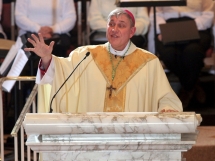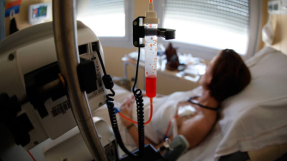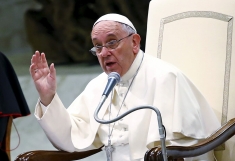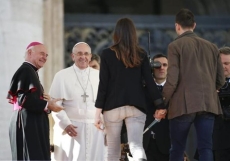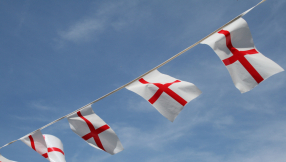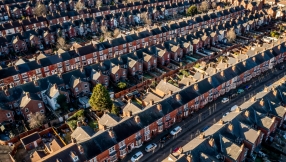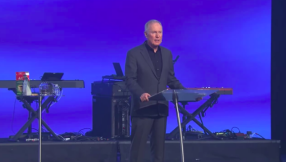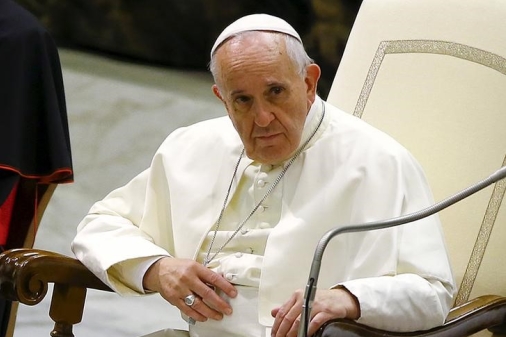
When Pope Francis makes his first visit to the United States this month he will face a national Catholic Church whose finances are staggering under a shrinking membership and huge payouts to sex-abuse victims, threatening to undermine its social influence.
With the Church still absorbing the roughly $3 billion cost of a clergy sex abuse scandal, another financial crisis is looming – a potentially crippling shortfall in funding the pensions of its ageing priests.
A Reuters review of US Catholic financial disclosures shows the pension funding shortfall in 2014 probably approached $2 billion, with much of that coming due in the next five years as thousands of priests retire.
The US Catholic Church has lost millions of its members over the past 14 years following the child abuse scandal that tarnished its reputation and forced it to sell assets to pay billions of dollars in settlements.
The Church's finances are also under pressure from emptying pews and a demographic shift among Catholics to the US south and suburbs that has left much of its inner-city bricks and mortar underused and bleeding money.
The financial woes and the destabilizing effect they could have on the Church's social and educational work will be a constant backdrop to the pope's September 22-27 visit to Washington, New York and Philadelphia.
Since the pope's election in March, 2013, the Vatican has enacted major reforms to clean up its often muddled finances and adhere to international financial standards. In June the Vatican appointed its first auditor-general, and each department's financial statements are now reviewed by an international auditing firm.
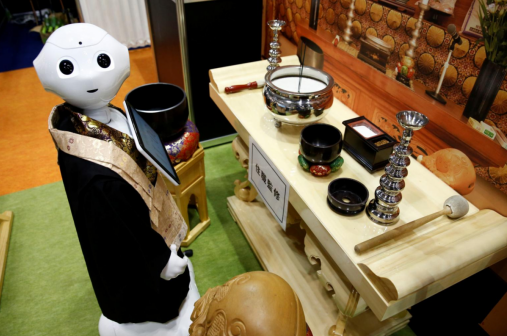
"It is basically about poor management on the part of Church leaders. And I think the pope is very aware of that," said Charles Zeck, an economics professor at Villanova, a Catholic university in Pennsylvania. "When he's out there making speeches, he'll hit the big topics, but this is one (issue) that is there every day."
The financial burden of meeting its pension obligations could take a toll on a US Church already showing signs of retrenchment, forcing it to sell off more assets. A Pew Research Center study in May showed the number of self-declared US Catholics at about 52 million, down from 55 million in 2007.
The number of adults who label themselves "former Catholics", meanwhile, has more than doubled to about 25 million since 2000, and Church attendance has plateaued over the same period, according to the Center for Applied Research in the Apostolate (CARA) at Georgetown University.
Low donations by parishioners and rising expenditures led 24 per cent of US parishes into the red in 2013, according to a study published in August by the Center for Church Management and Business Ethics at Villanova.
Cost-cutting has contributed to a decline in the number of US parishes, a steep drop in the number of Catholic schools, as well as fewer hospitals, according to CARA.
Looming crisis
A review of 51 dioceses that provide detailed financial information showed a clergy pension funding gap of nearly $700 million – a figure that does not include other post-retirement benefits, or obligations to lay staff. If the remainder of the roughly 197 dioceses in the United States face similar funding issues, the total pension gap would be close to $2 billion.
Weakening global markets are probably worsening the funding gap, since the pensions are typically invested in a mix of equities and treasuries, mainly through mutual funds, according to the disclosures.
An official at the US Conference of Catholic Bishops did not respond to a request for comment.
Jack Ruhl, an accounting professor at Western Michigan University who has been tracking the finances of the Catholic Church since 2004, said that figure is realistic.
He said his own research showed that more than half of the 61 dioceses that provided audited financial reports for fiscal year 2013 had pension funding levels below 65 per cent – a threshold the US Department of Labor would classify as "critical" if its regulations applied.
It is a bill that can't be ignored for long. More than half of the roughly 17,000 active diocesan priests are expected to retire by 2019, Ruhl said.
"It is a crisis, and the only thing the dioceses can do is start finding some funds, selling some assets, or doing something to fund those liabilities," he said.
Pensions for priests became commonplace in the US Catholic Church in the 1970s, typically funded through donations, fundraising drives, and – in some cases – contributions from clergy wages.
The pensions are generally fairly meagre, at around $20,000 per year. A report issued by non-profit group Laity in Support of Retired Priests (LSRP) last year showed that an average priest's pension and social security benefits are projected to be lower than the cost of living.
According to LSRP, there are about two active diocesan priests for every retired one, a ratio that is expected to narrow in the next few years as more priests retire with fewer to replace them.
Good faith effort
Several dioceses such as Boston, New York, and Philadelphia have been shoring up their books by clawing back benefits to retired clergy, closing down money-losing schools, selling land, merging parishes, and organising fundraising drives.
Boston, for example, increased the retirement age to 75 from 70 in 2009 and trimmed pension benefits, triggering protests from some priests. The archdiocese had a clergy pension funding shortfall of $42 million in 2014, from $60 million in 2009, according to its financial disclosures.
"It seems that Boston has made a really good faith effort. They are still hugely underfunded, but they are going in the right direction," said Ruhl. He said Boston, like other dioceses, had for a time stopped funding the pension to help it cover settlements in abuse cases.
A Boston archdiocese official declined comment.
In Philadelphia, which has a pension shortfall of about $80 million, the archdiocese now requires retirees to refund some of their pensions as payment for living in Church housing.
"Aggressive steps have been taken in recent years to increase funding levels," said Robert Bouche, the chief financial officer of the archdiocese. But he added the pension liability had still worsened in recent years due to assumptions of longer life-expectancy.
Father John Jagodzinski, a retired Philadelphia diocesan priest, said he was happy with the pension he receives but added some of his fellow retirees have been upset by the clawbacks. Other priests declined to comment.
The Archdiocese of New York, meanwhile, is in the midst of the biggest reorganisation in its history, closing dozens of parishes and selling iconic churches due to sliding attendance and a shortage of priests.
The US Church does not lack assets. A report by The Economist in 2012 estimated the Archdiocese of New York was Manhattan's largest land owner. It also said that the US Catholic Church spent about $170 billion in 2010 – five times more than Exxon Mobil's planned global spending in 2015.
But as a non-profit organisation it tends to spend as much as it brings in, meaning unfunded obligations could force it to shrink its operations or holdings. Ruhl's 2013 study showed about 10 per cent of US dioceses lost money that year.
Rich Kelly, the head of finance at the Archdiocese of Cincinnati, said he has been working for the past seven years to improve funding for the clergy pension programme, which is underfunded by about $60 million. He has cut some retirement benefits, launched fundraising drives, and switched new priest entrants over to 401ks – retirement savings plans that rely heavily on employee contributions.
He said the root cause of the crunch was probably decades of decisions made by people untrained in finance. "It is fine to provide raises for priests and better pensions, but without funding, that is questionable judgment," he said.










